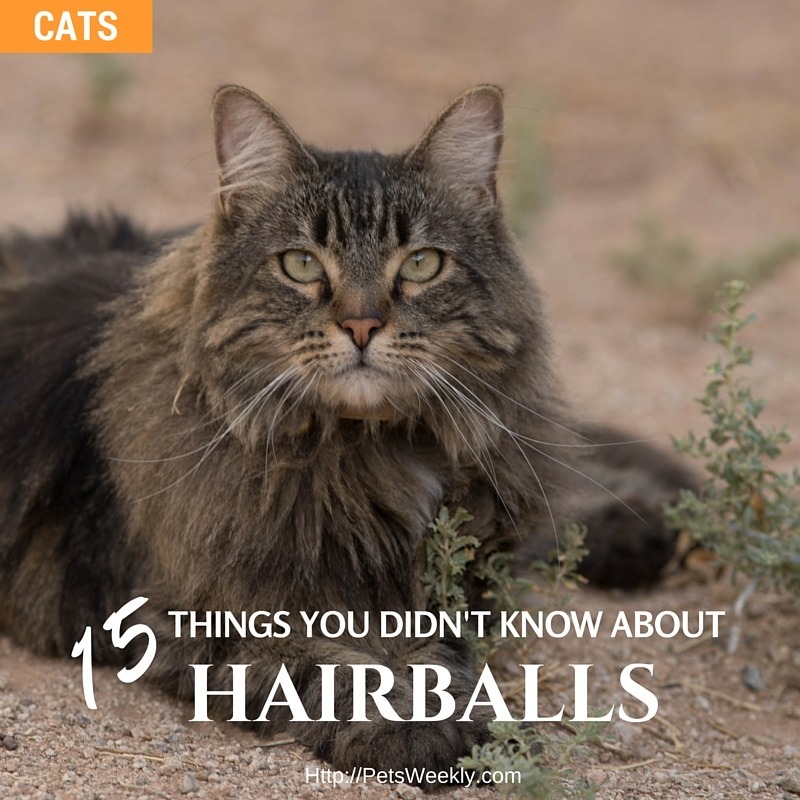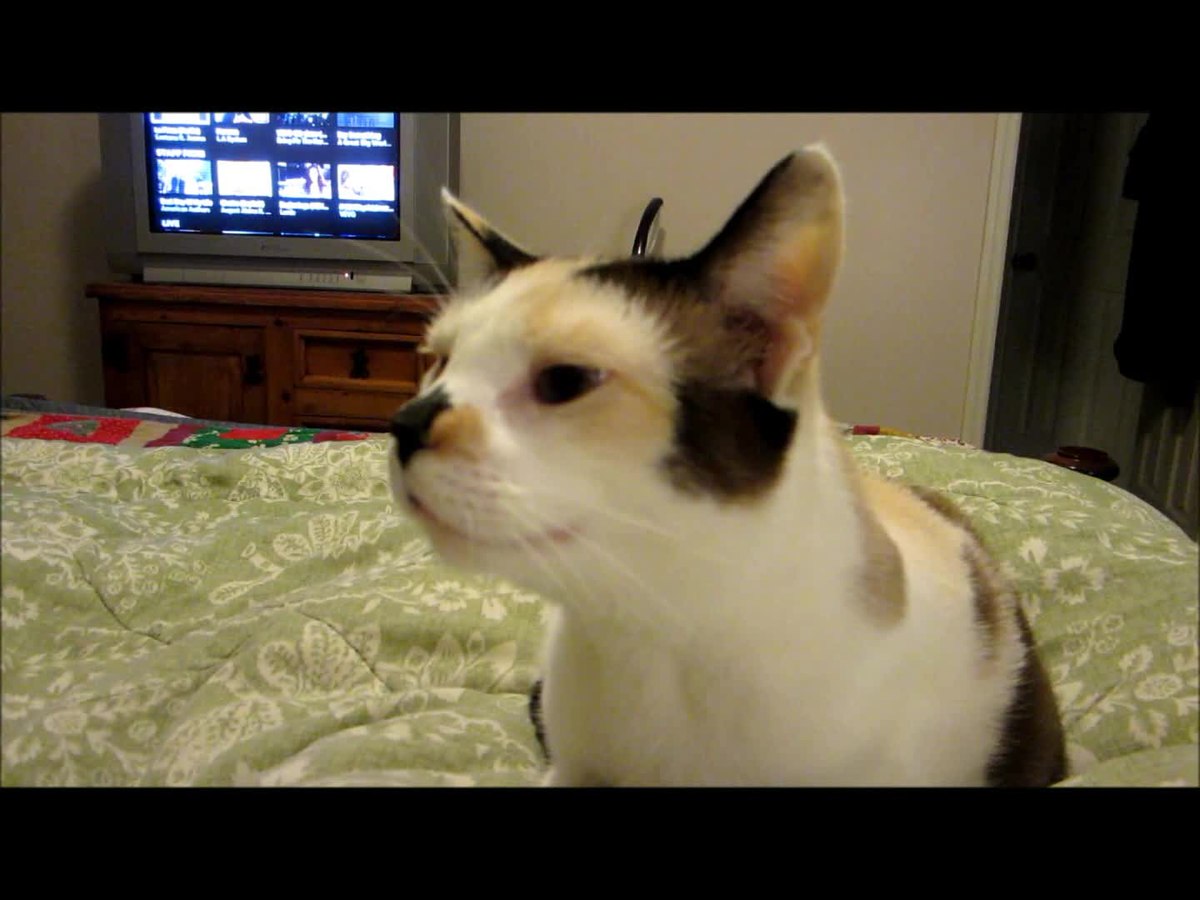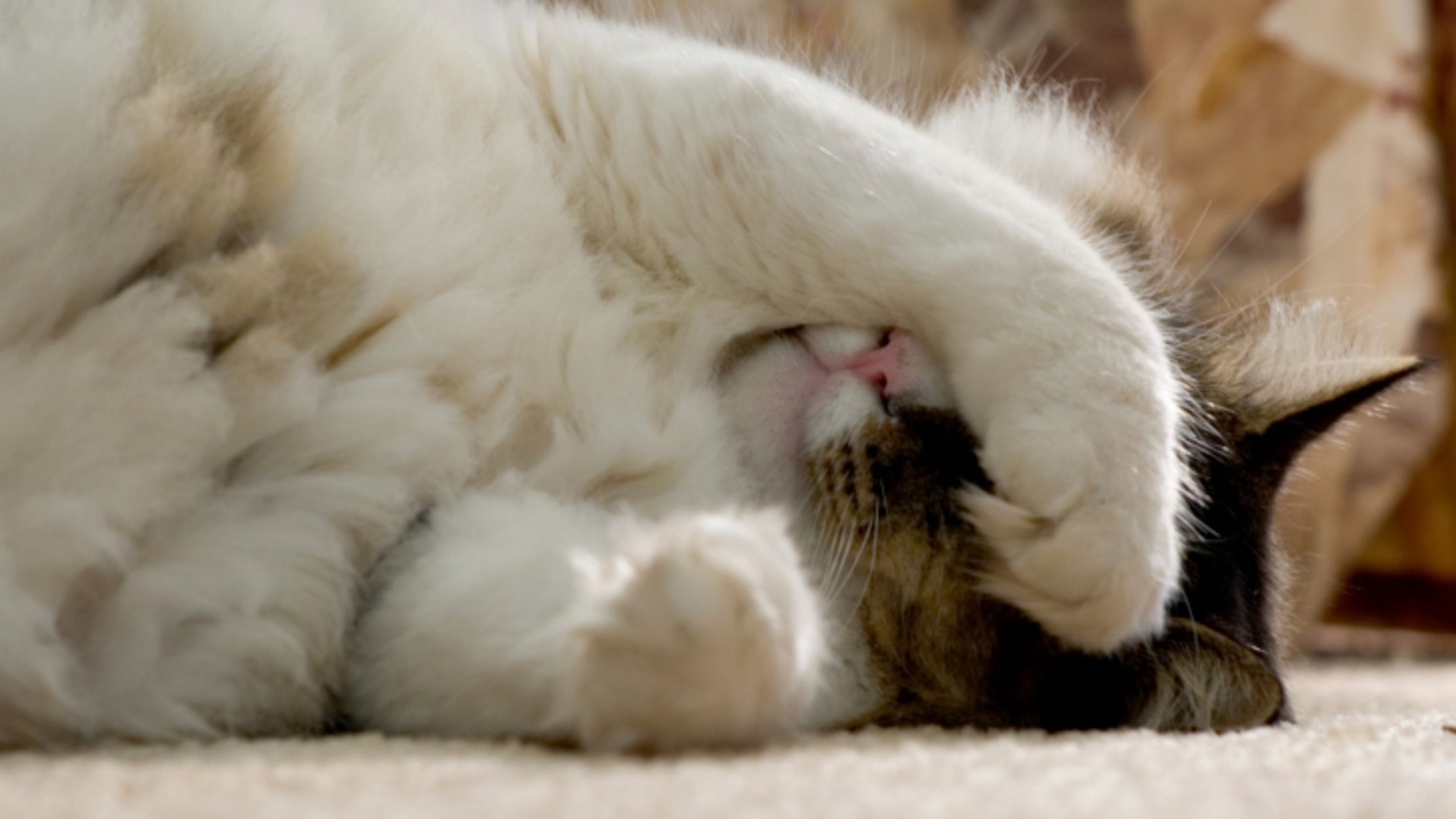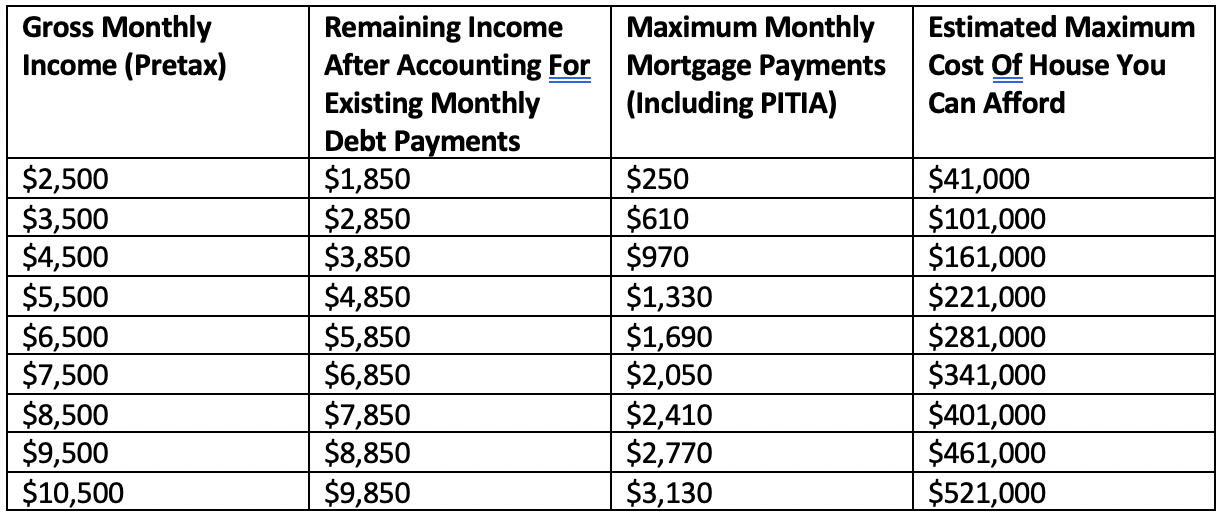Table Of Content

It has been shown that cats prefer to eat little and often, as this mimics feeding habits in the natural environment. When cat hair has a chance to build up in the stomach, it will eventually become too big and need to be removed. If cats regularly pass hair in their poop, they won’t need to vomit big clumps of hair.
Preventing and Minimizing Hairballs in Cats
However, improper amounts of fiber supplements (such as Metamucil powder) can cause painful gas distension and GI upset. Furthermore, canned pumpkin is unlikely to contain enough fiber to be helpful. If you’re looking to increase fiber in your cat’s diet, consider cat grass or a commercial diet specially formulated for hairball control (details below) after speaking with your veterinarian.
Feline Health Topics
Keep in mind that a cat’s fiber needs are much different from those of a human. You don’t want to add too much to their diet, or else your cat may experience some unpleasant side effects. Too much fiber in a cat's diet may block them from absorbing nutrients well. If you're already feeding your cat a hairball formula food, more fiber may be a bad idea. Jessica is a lifelong resident of Chicago who has shared her home with furry, feathered, and scaly pets for over 30 years. Animal enthusiast since childhood Jessica owned and operated a pet care company.
What to Do About Hairballs in Cats
Therefore, when used sparingly, a tiny amount of petroleum jelly or similar gel-based hairball treatment marketed for cats can reduce hairballs from being expelled the wrong way. Some pet owners may confuse a true cough with an attempt to throw up a hairball. If your cat is making a “hacking” noise, but no hairball is coming up, your cat may be coughing, which can be a sign of a respiratory issue and requires a vet exam.
The Best Cat Foods for Hairballs in 2024 - Business Insider
The Best Cat Foods for Hairballs in 2024.
Posted: Tue, 19 Mar 2024 07:00:00 GMT [source]
thoughts on “Cat Hairballs: Causes, Symptoms & Treatment”
Cats that experience recurring hairballs require some lifestyle changes to reduce the incidence of hairballs or diagnostics to find the cause of the hairballs. The information is current and up-to-date in accordance with the latest veterinarian research.
Great Ways to Show Your Pet Appreciation
If your cat experiences repeated vomiting, it always warrants a visit to the veterinarian to investigate the cause. The clearest sign that your cat has hairballs is finding one on the floor. Before coughing up a hairball, cats usually hunch down on the floor and make a dramatic hacking, coughing or gagging sound. In this article, we look at six ways that you can help your cat pass a hairball when they poop, along with tips to help prevent hairballs in the future. Hairballs occur when the hair your cat ingests doesn’t get passed through the digestive system promptly.
When the fur clump begins to irritate the lining of your cat’s stomach, vomiting is triggered to expel it. We hope that you’ve learned a few tips and tricks that you can start doing today to help your cat pass hairballs and be more comfortable. By following our suggestions for preventing hairballs, you can keep them from returning frequently. Remember to always monitor your cat for signs of changes in behavior. There could be a medical reason your cat is vomiting hairballs more frequently.
Symptoms of hairballs in cats
Petroleum jelly hairball remedies like Laxatone may help to lubricate the hair so that it moves through the cat’s gastrointestinal tract more easily. Some cat owners prefer to use non-petroleum hairball remedies, which work similarly to petroleum-based products but are made with different kinds of lubricants. Consult your veterinarian before using these products since the addition of a non-soluble fat to a cat’s diet may affect absorption of certain vitamins. Some wet wipes or shampoos are also marketed to reduce shedding, thereby reducing hairball formation, yet many are ineffective. The use of hypoallergenic grooming wipes may at least help remove dead or loose hair before it’s swallowed, yet regularly brushing your cat is more effective. However, if your cat is vomiting up hairballs more frequently (several times a week or daily), a trip to the vet is highly advised since an underlying gastrointestinal disorder may be to blame.
Laxatone, a mild laxative and lubricant, is a mainstay oral medication in managing feline hairballs. Formulations include either unflavored or flavored gels or powders that may be given directly by mouth or else placed in your cat’s food. While generally safe and mild when used as directed, too much laxatone can cause diarrhea. The petroleum jelly acts as a lubricant to aid the passage of hair through the intestines and into feces.

An avid traveler, she currently resides in Florida with her husband (also a veterinarian) and their two dogs and cat. As discussed, long-haired cats are predisposed to hairballs and are at least twice as likely as short-haired breeds to vomit a hairball due to the greater amount of hair they swallow during grooming. Most cat hairballs are tubular-shaped, however, some may look more like smaller, rounded or formless clumps of matted hair or even a few stray hairs in a bit of liquid. Hairballs look a bit wet and slimy or frothy due to the saliva or gastrointestinal contents that coat them.
Products purchased from this site will be fulfilled by Covetrus North America, LLC. If your cat eats dry food, their diet likely isn’t providing enough water to meet their hydration needs. As such, their digestive system may not be able to function as well as it should. If you use a laxative, please be sure to check with your veterinarian first. If your cat has any other health conditions, a laxative could be be the wrong thing to give them. Luxifa is a freelance writer with a passion for animal science and technology.
Hazardous Potential Hairballs are the unsavory by-product of a normal habit. This happens because the tiny backward-slanted projections (papillae) that roughen the surface of her tongue propel the hair down her throat and into her stomach. Unfortunately, Dr. Goldstein explains, the main structural component of the hair — a tough, insoluble protein substance called keratin — is indigestible. Treating hairballs consists of first addressing the current hairball your cat has, then making some lifestyle changes and additions to your cat’s diet to prevent future hairballs.
She has worked in research and small animal practice since graduating veterinary school and is a member of the American Veterinary Medical Association. Removing fur clumps and hair mats before your cat has a chance to swallow a big wad of fur is also particularly beneficial. Clipping or shaving your long-haired cat may be necessary; you may wish to seek assistance from a professional pet groomer.
There are also petroleum-based remedies available that you can periodically feed your cat. However, while rare, hairballs can present dangers if the clump of fur in the cat’s stomach becomes too large to pass or gets lodged in their digestive tract. Feeding them smaller meals more frequently throughout the day can help the fur in their stomach be pushed into the intestines. If your cat experiences prolonged vomiting, gagging, or retching without producing a hairball, it’s a sign that your cat needs to be seen by a veterinarian. Lack of appetite, lethargy, constipation, and diarrhea are also common signs of intestinal blockage.
Another great way to reduce hairballs is to feed meals and treats that promote gastrointestinal health. They contain higher quantities of fiber and help your cat pass hairballs. Regularly brushing your cat can help to reduce the amount of fur she ingests and hence, the incidence of hairballs. Long-haired cats that do not tolerate or benefit from brushing by their owners may benefit from regular clipping to reduce hair ingestion. Increased fiber can help speed up transit time through the GI tract, increasing the odds that swallowed hair makes its way out into the litter box in your cat’s stool rather than upchucked in vomit on your rug.




















